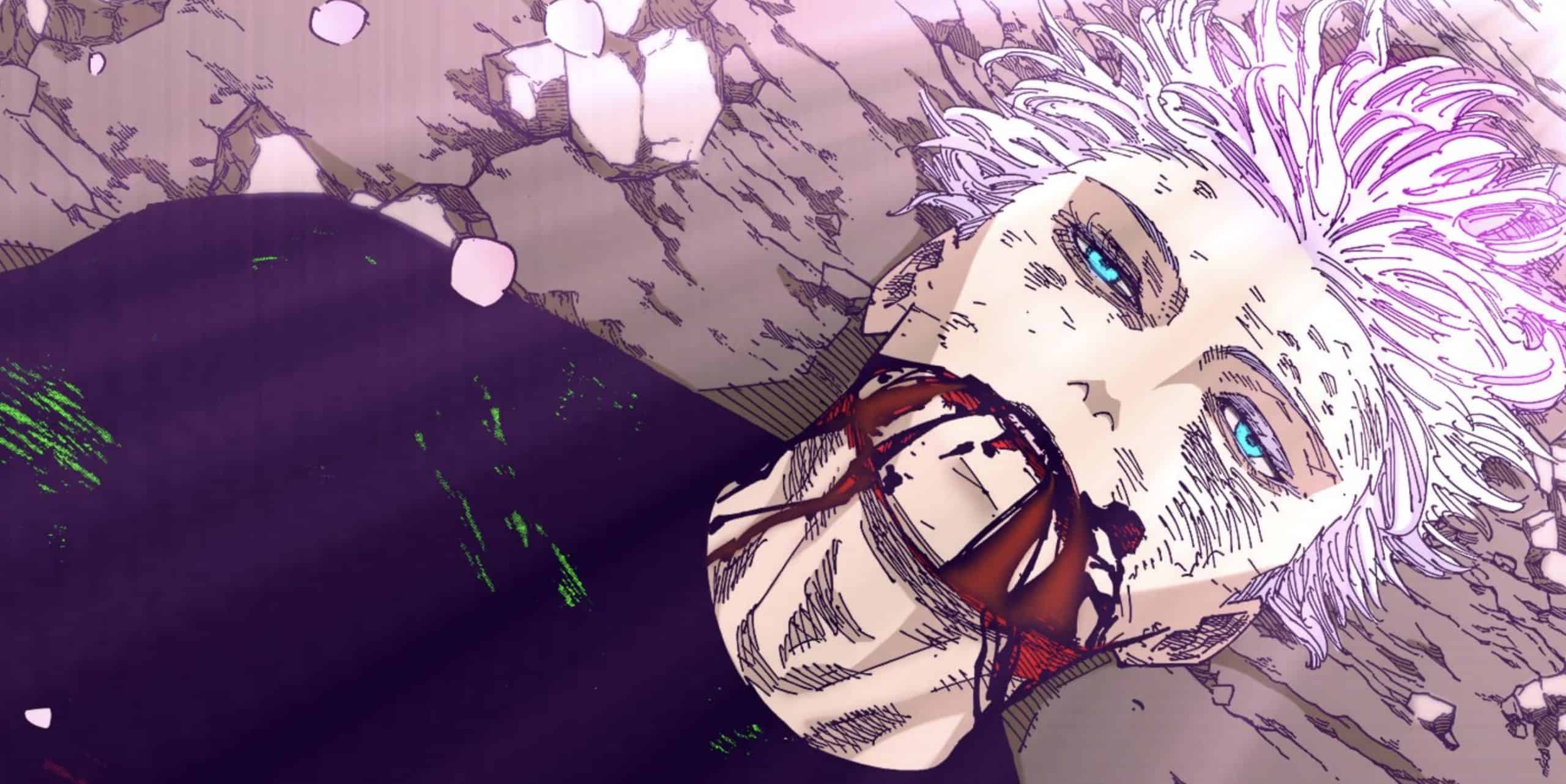Jujutsu Kaisen Chapter 236 depicts the defeat of fan-favorite character Satoru Gojo, who has been a focal point of debates about power levels since his introduction. His battle with the ominous villain Sukuna began several chapters ago and seemed to be reaching its climax.
However, the manga’s creator, Gege Akutami, took the storyline in an unexpected direction that profoundly impacted devoted readers.
Rather than concluding the fight between these two juggernauts, the new chapter shows Gojo meeting his end in shocking fashion at Sukuna’s hands.
Many fans hoped to finally see the long-awaited showdown between them brought to a satisfying close.
Instead, they were left reeling by the abrupt loss of Gojo, who had a special place in the hearts of so many followers of the series.
The chapter also introduces a new antagonist named Kashimo, who arrives to challenge Sukuna in the aftermath.

This dramatic turn of events and the permanent demise of a beloved character has sparked an outcry among disillusioned fans.
A significant portion of the passionate Jujutsu Kaisen fandom is expressing disappointment and frustration toward Akutami online, bemoaning the choice to prematurely remove someone so central to the series’ appeal.
Just as Sukuna ruthlessly finished off Gojo, devotees feel the creator has dealt them and the storyline a devastating blow.
The intense reaction reflects the hopes invested in Gojo versus Sukuna as a long-building confrontation, now terminated in an underwhelming fashion from some viewpoints.
The Real Reason Why Gege Killed Gojo: Explained
Chapter 236 of Jujutsu Kaisen has introduced some plot conveniences that some fans feel detract from the story. Specifically, the abilities of the powerful cursed spirit Mahoraga seem customized to enable Sukuna to adapt to and defeat him conveniently.
Mahoraga’s Convenient Vulnerability
Prior to this latest installment, Mahoraga was not depicted as an entity others could necessarily counter by “adapting” to his strengths.
So this new vulnerability feels tacked on by the author Gege Akutami solely to facilitate Sukuna overpowering him with ease.
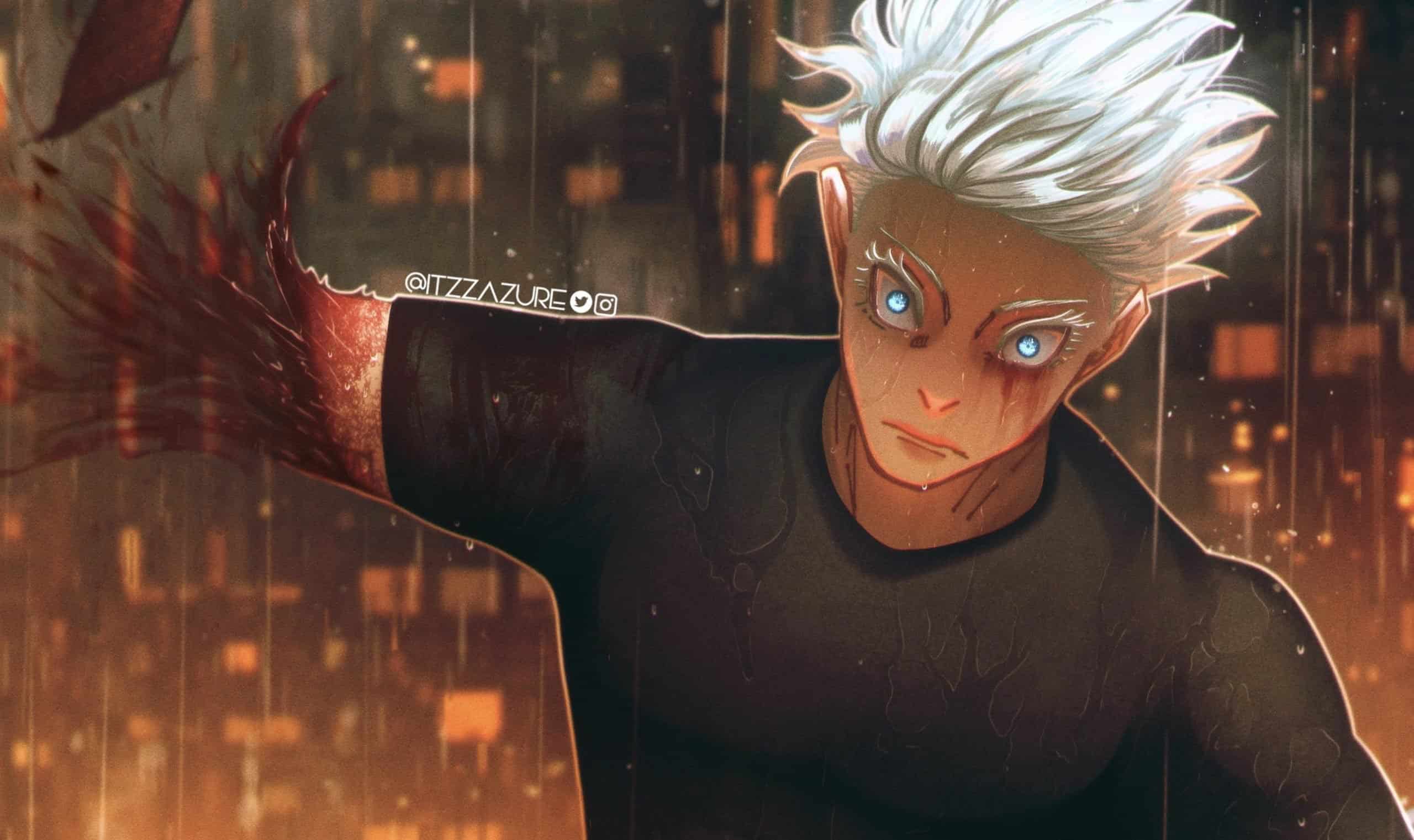
Additionally, many devotees of the series feel the mighty Satoru Gojo was severely weakened compared to his established power level in order to force his defeat.
Earlier chapters had shown Gojo utilizing his ultimate Reverse Cursed Technique and brushing off waves of lethal attacks while trapped in Sukuna’s domain.
Gojo’s Unexplained Weakening
Yet now, despite Sukuna still lacking his complete power and form, just a couple of strikes inexplicably finish off Gojo. After all the build-up suggesting Gojo and Sukuna were relative equals, this anticlimactic outcome through apparent nerfing has angered fans.
Between conveniently introducing a fatal flaw in Mahoraga and somehow drastically depowering the previously unstoppable Gojo, disgruntled readers feel Akutami is bending the rules and betraying the series’ integrity just to let Sukuna dominate.
Such perceived asspulls and plot armor diminish Sukuna’s victory in the eyes of many followers.
Reverse Curse Technique
Devoted Jujutsu Kaisen fans have identified what they feel are major plot inconsistencies surrounding Satoru Gojo’s defeat.
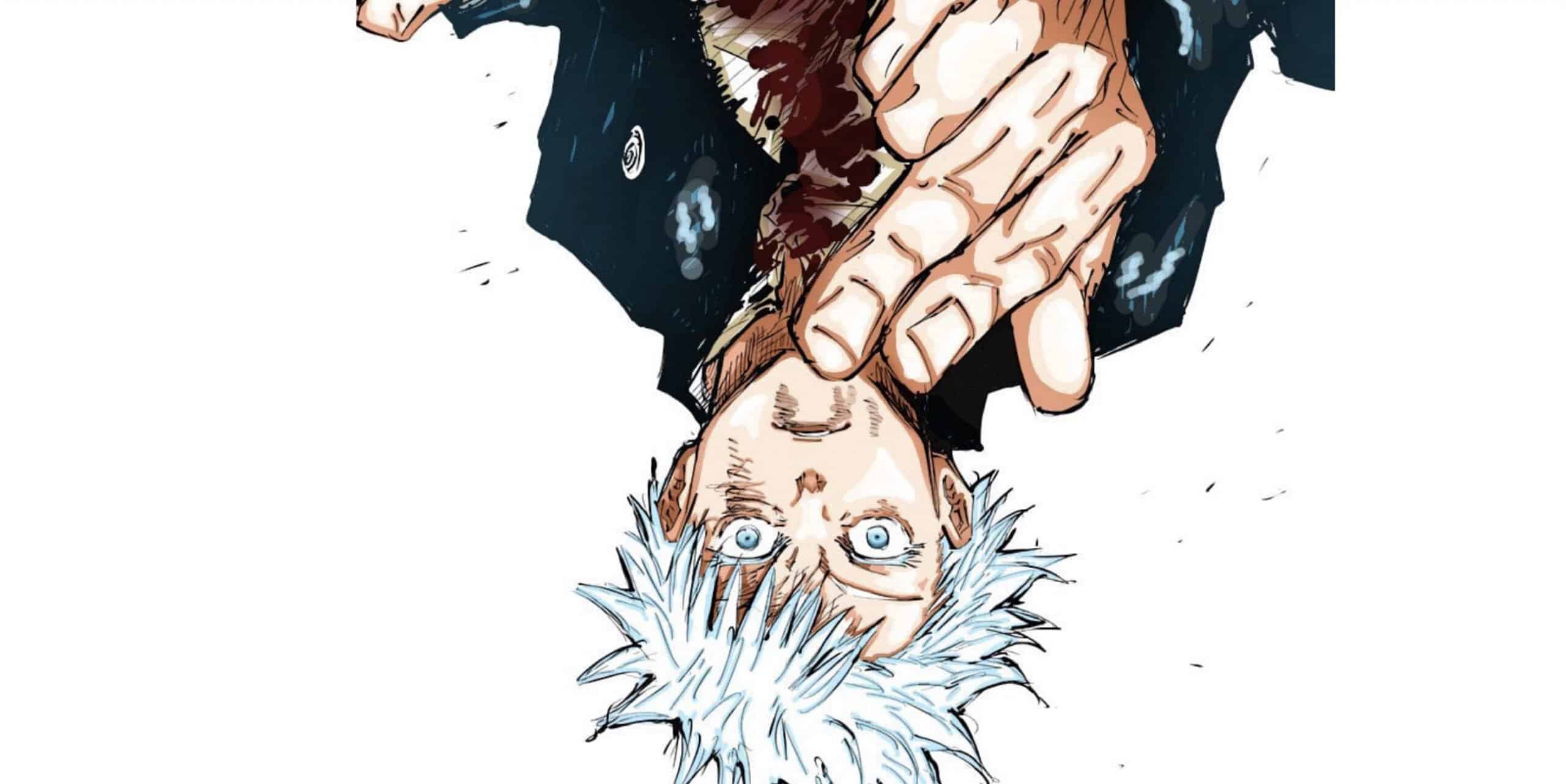
Earlier chapters had clearly established that Gojo’s formidable Reverse Cursed Technique can heal any wound so long as his brain remains intact.
This is why many readers are outraged to see Gojo permanently killed by Sukuna’s attacks in the latest chapter.
Moments before his off-screen death, Gojo is even depicted smiling in a panel – proof that his head and mind were still functioning. By the series’ own established rules, the gravely injured Gojo should have been able to regenerate using his ultimate healing ability.
Six Eyes Technique
Additionally, Gojo possesses the incredibly rare Six Eyes technique, which grants him extraordinarily enhanced perception and reaction speed.
This allows Gojo to detect lethal strikes and dangers with plenty of time to counter. Given that advantage over a Sukuna still lacking his full power, Gojo reasonably should have foreseen and avoided the incoming blows that ended his life.
So how did these lethal attacks bypass Gojo’s future sight and land decisively without being reversed by his cursed healing technique?
For many fans, it is an unacceptable departure from the cohesive power scaling and abilities previously depicted. To them, Akutami arbitrarily stripped away Gojo’s established strengths just to force this tragic outcome for shock value, diminishing the integrity of the series in the process.
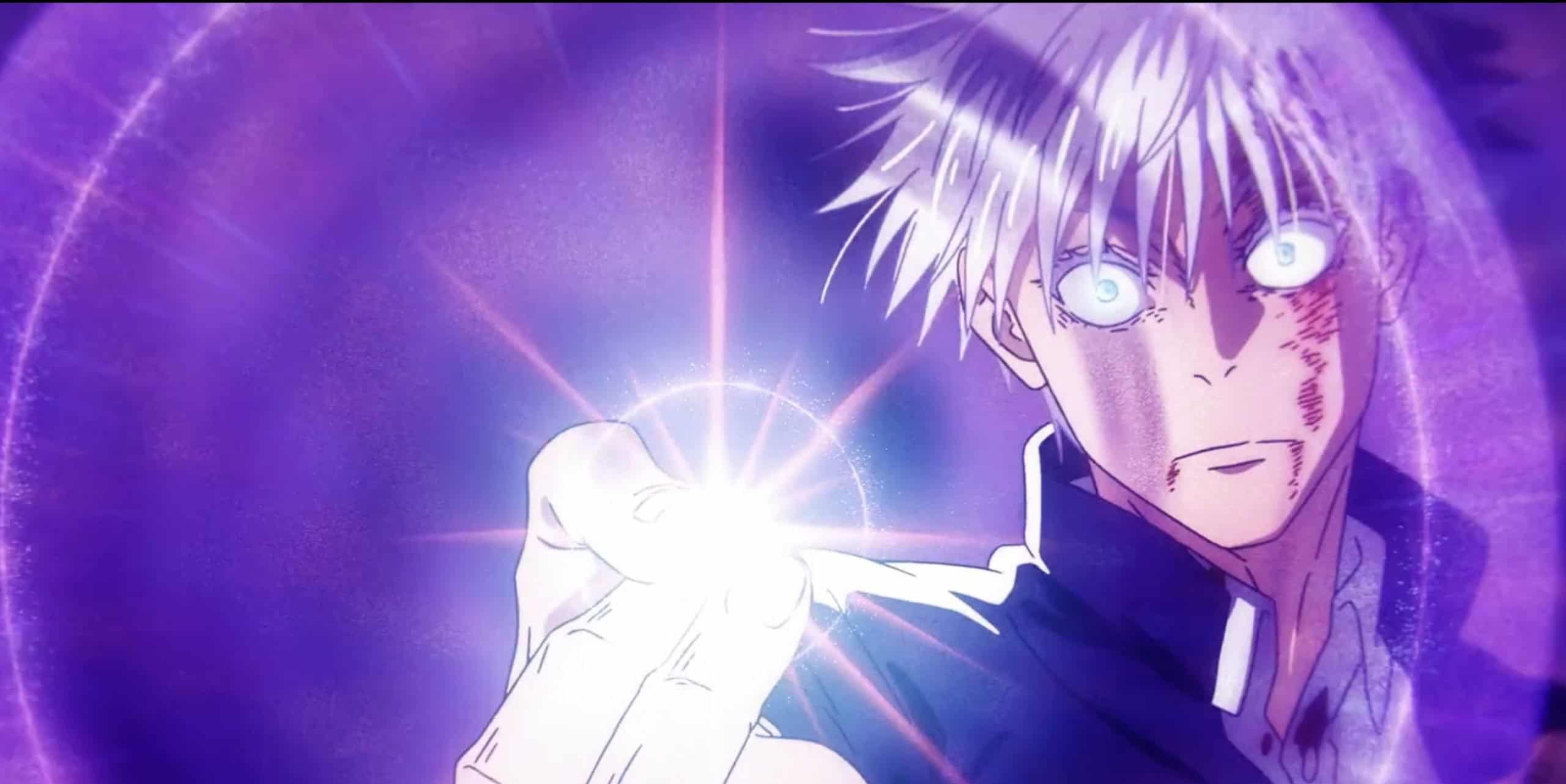
For Gojo to abruptly begin questioning if his Infinity alone would suffice against base Sukuna is a jarring reversal not supported by his confident strategic calculations depicted in earlier fight scenes.
It comes across as inconsistent characterization and conveniently shaken confidence just to call his victory over Sukuna into doubt.
This apparent 180-degree shift in Gojo’s assessment of the matchup without a good explanation is understandably frustrating for fans who expect tighter plot coherence regarding combatants’ strengths and mindsets during high-stakes battles. It diminishes narrative integrity when previously bold attitudes suddenly falter without compelling reason besides foreshadowing a forced defeat.
Gojo’s Off-Screen Death
Many readers believe Gege Akutami intentionally kept Gojo’s defeat by Sukuna off-panel because depicting it directly simply could not be reconciled with the characters’ established powers.
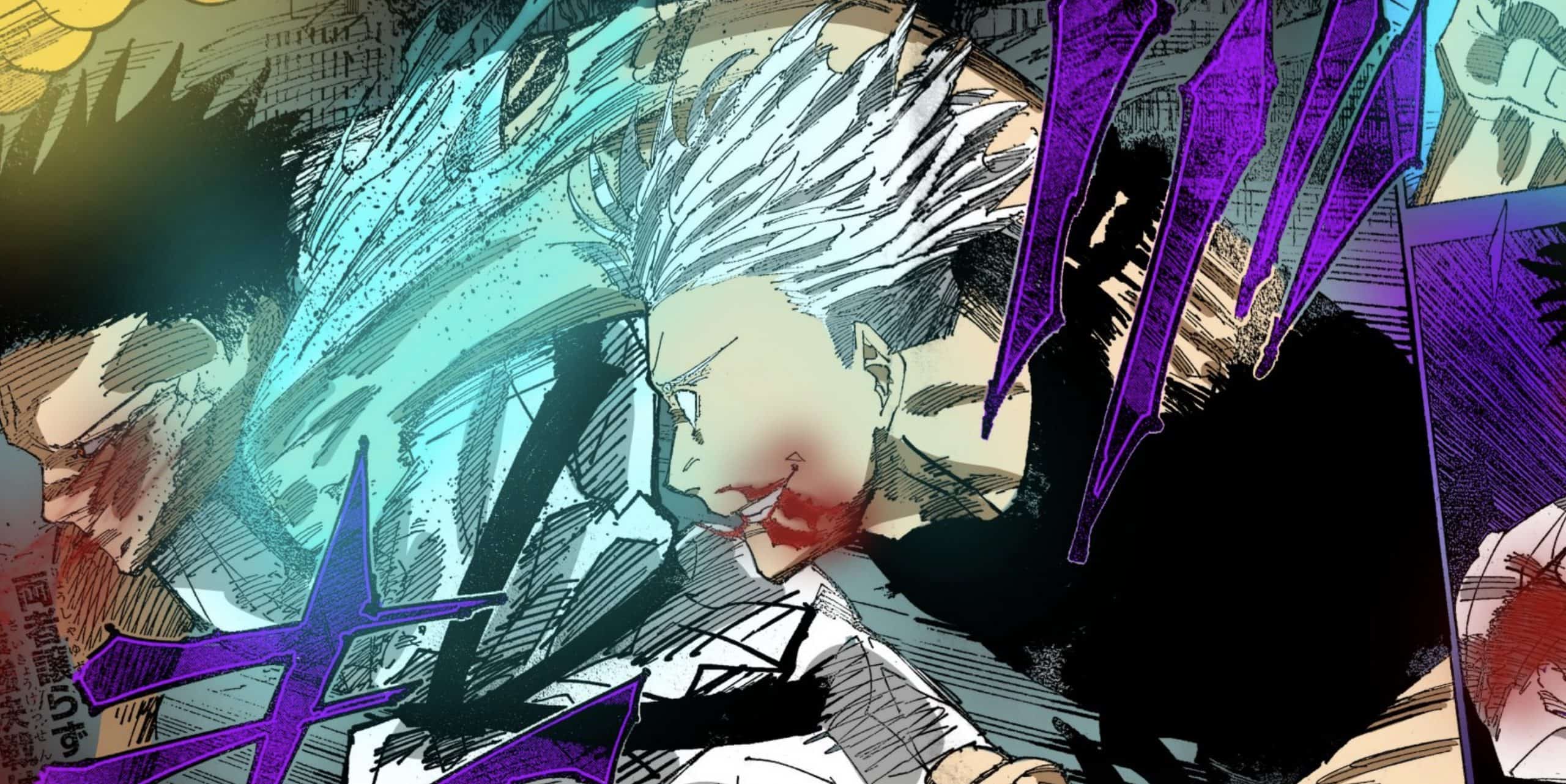
After writing himself into a corner, Akutami took the easy way out by glossing over the logic-defying climax rather than navigating out of the corner in a satisfying way.
On top of the implausible manner of his defeat, Gojo’s perishing so soon after being unsealed makes his arc feel unfulfilled and wasteful.
Despite being built up as the strongest, he ultimately accomplished none of his goals – he couldn’t protect anyone while sealed, couldn’t properly bury his friend Geto, and couldn’t save Megumi from the Culling Game. For him to feel content rather than unresolved about dying this way makes little sense to readers.

